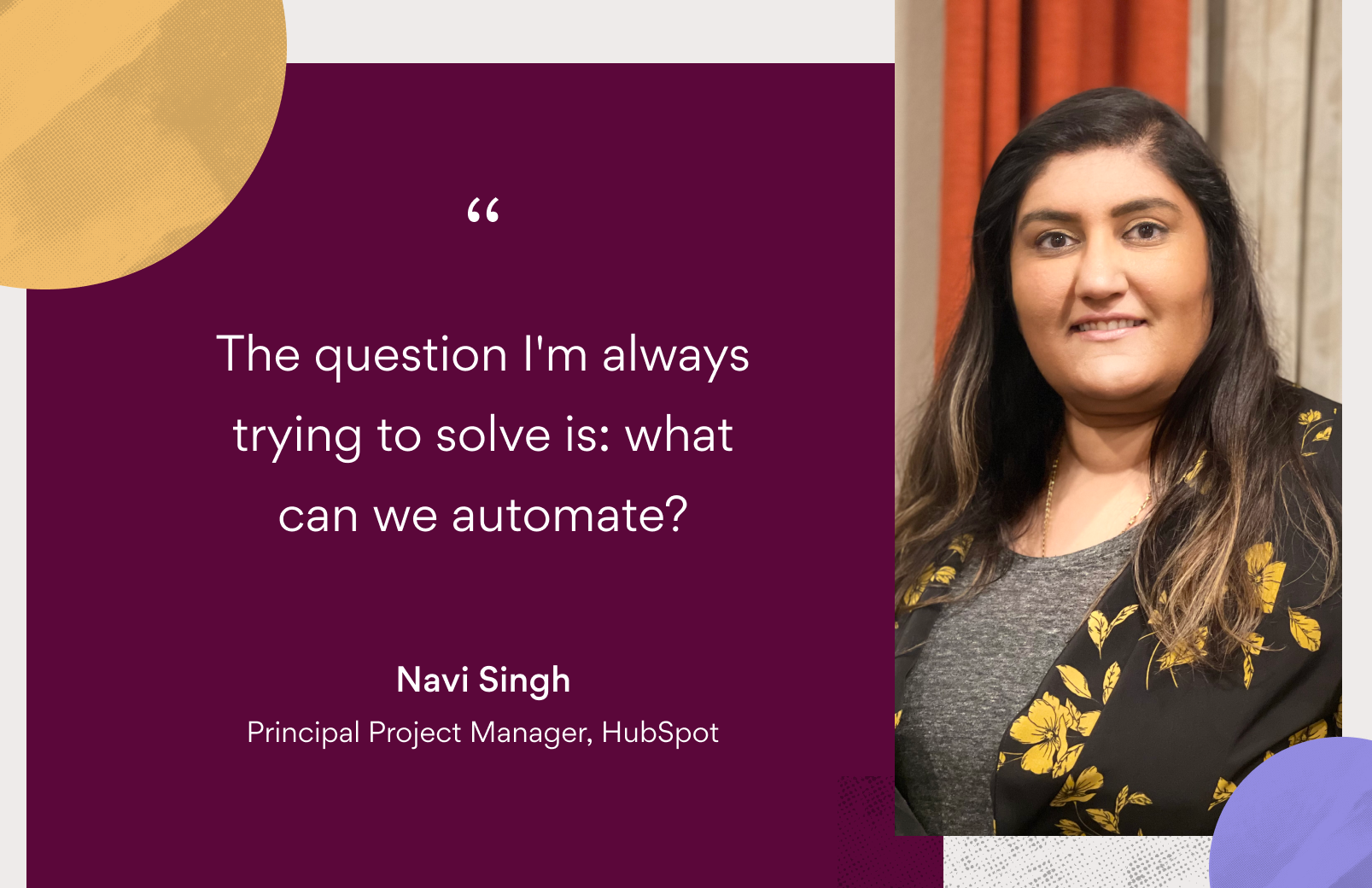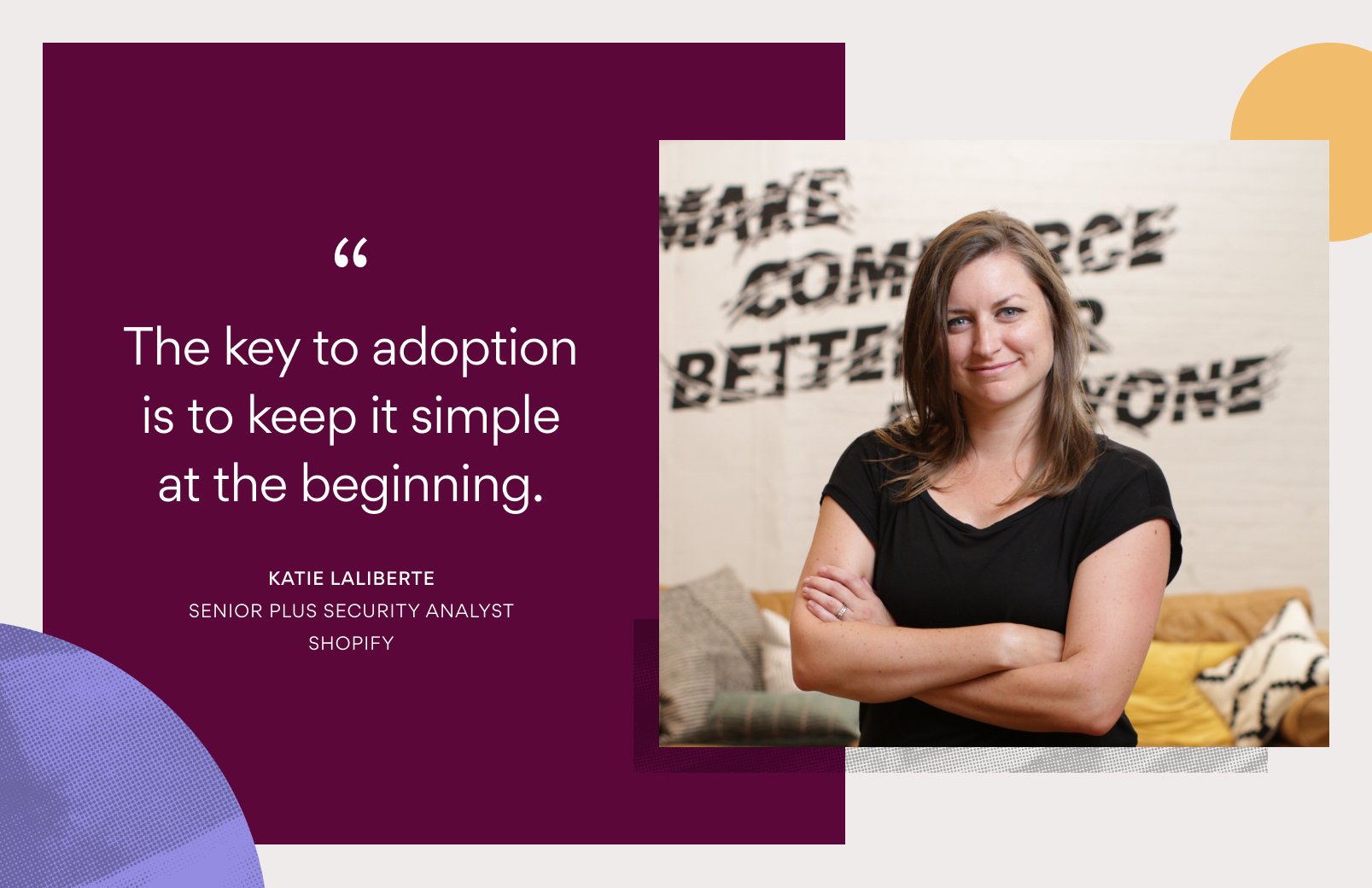Finding your Superman time
At Asana, we strive to practice mindfulness in our approach to all the work we do. In this post, Kimberly Snodgrass, Executive Assistant to Justin Rosenstein, outlines how she built a simple tracking system to find Justin’s most productive hours and optimize his schedule accordingly.
 How do you really know when you are being the most productive? The most on point? The most energetic? Should I be doing this right now? These are questions that many people (myself, included) often spend more time than necessary contemplating.
How do you really know when you are being the most productive? The most on point? The most energetic? Should I be doing this right now? These are questions that many people (myself, included) often spend more time than necessary contemplating.
In August of this year, I joined Asana as the Executive Assistant to Justin Rosenstein. My goal: to enable him to be even more focused, mindful, and intentional about the work he was doing. Considering that Justin is the co-founder of a company that builds team task management software (I call him the “Task King”), I knew that taking an uber-productive executive and making him even more effective would be an awesome challenge.
After the first month of working together, it became clear that there was a core problem: Justin’s demands required both a different degree and different kind of mental output. Some of his tasks require deep thinking, some creative output, and others a less intense but still important grind.
We realized that to empower Justin to be more mindful about the way he applies his energy and time, we needed some data. We wanted to establish the times of day Justin was most thoughtful, the most creative and the readiest to grind, and plan his week of work accordingly. We wanted to find and optimize his “Superman time.”
To build a clear picture of Justin’s Superman time, we tracked his daily output by using Excel and by scheduling a “Track Time” alert that popped up every two hours. Every time this alert appeared, I would walk over to Justin’s desk to sync up. We would go over his completed tasks in Asana, and then I’d ask him how much energy he applied to each one.
(Yes, this was not always a fun or comfortable exercise, but, given how central mindfulness is to our values and the results we eventually achieved, the discomfort was worth it.)
Below is a sample of one day on how we decided to track our time (view spreadsheet template).

Below is a graphical representation that shows time of day on X, and effort on Y
Synthesis from tracking Justin over the span of six days:
From 9:00am-noon, Justin averages a 6.45 effortless level (10 = effortless)
From 1-2pm (after lunch) the average drops to 5.75
From 3-5pm, it rises slightly to a 5.91 effortless level
From 5:30pm and later, it drops off to 4.16

As a result of this exercise, we have a built a revised game plan for structuring every week of work. Because I know that Justin is not as energetic in the afternoon, I know that I can schedule meetings later in the day because Justin described meetings as fun and relatively effortless. I also noticed that in the morning, Justin is more intensely creative, so I now aim to plan his coding, planning, and deep thinking time in the morning. Since we’ve made the changes, it’s clear to me that Justin is more productive and happy.
As we had hoped, it turns out that the secret to finding your “Superman time” at work is simple: Just commit, set an intention, and be mindful. Tell yourself that you will take 3-5 days to actually track your day, your time, your intention, and your level of energy. But maybe even more valuable than the data we got was the act of repeatedly checking in on our intention, progress, and energy.
Have you found your Superman time? Let us know how you did it in the comments.

